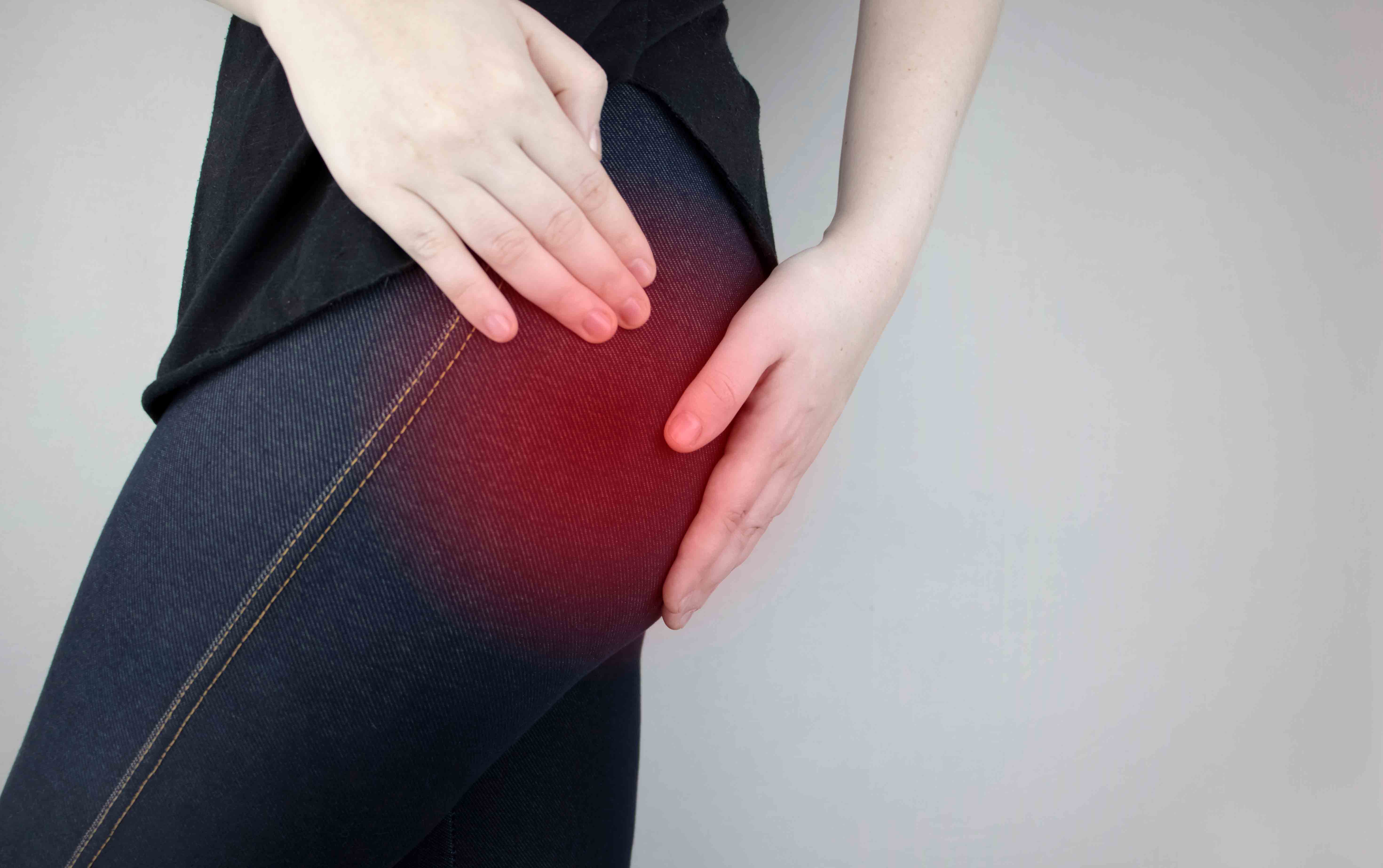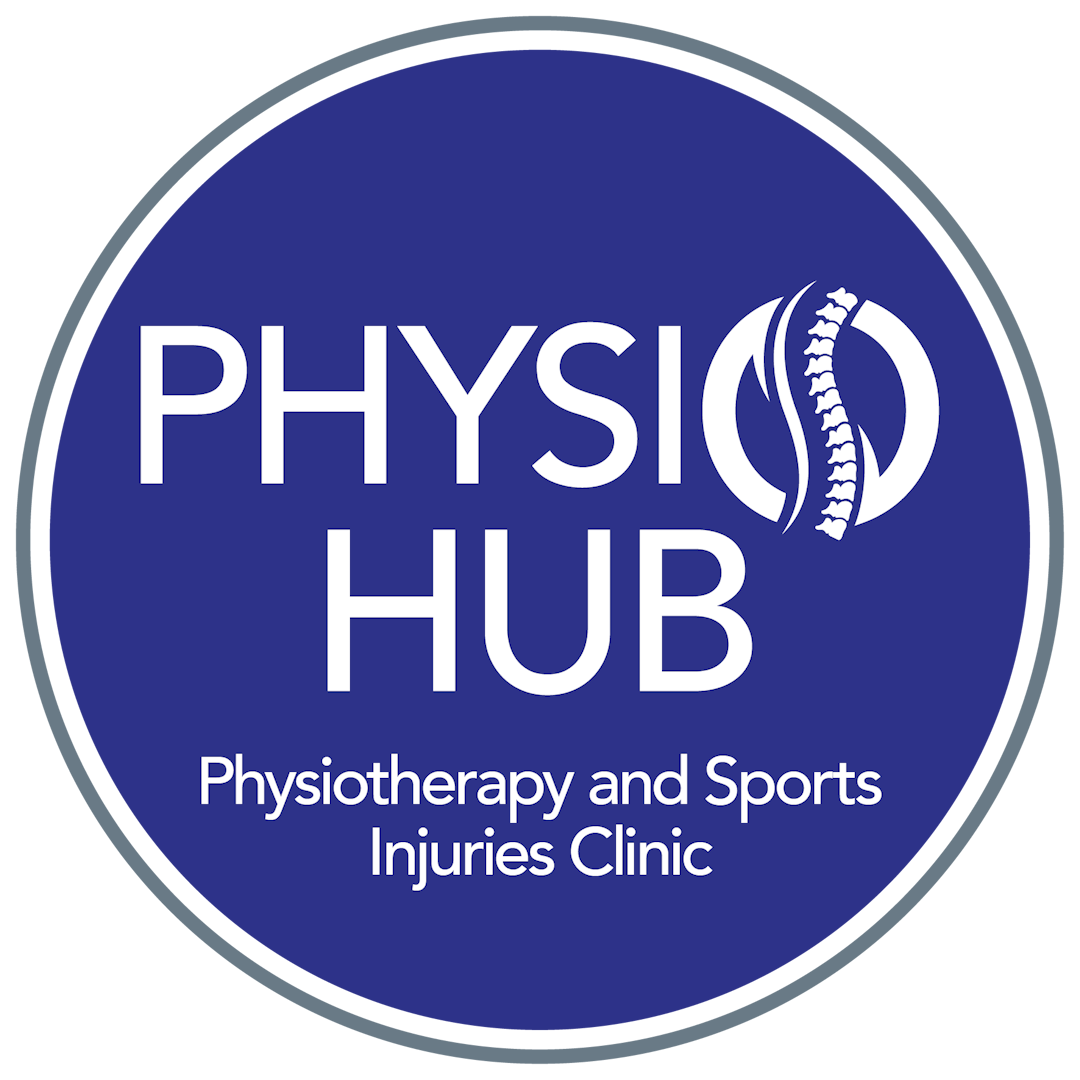Physio Hub/ Hip Replacement
03/04/22 - 3 min read
Physiotherapy Following Hip Replacement Surgery

Hip replacement surgery or Total Hip Arthroplasty (THA) is a very common orthopaedic surgery that is effective in reducing hip pain and improving your quality of life. In some cases of hip pain, surgery may be avoided altogether so it is important to consult your physiotherapist on the best pain management strategy for you.
You can expect to be discharged from the hospital within 1 week after your surgery, provided that your mobility is progressing well, walking with a frame or stick independently and walking up and down steps. Usually they will have you walking on your mended hip as early as the morning after your surgery and when you are discharged from hospital, you should have enough strength in your hips and thighs to perform basic hip strengthening exercises in standing from the rehab performed by physios in the hospital. From the time you leave the hospital to 6 weeks post-op, you should carry out an exercise program and liaise with a physiotherapist regarding your mobility, strength, balance and the exercise progressions necessary to return to full function. There may be some precautions prescribed by your surgeon for the first few weeks including not bending the operated hip to 90 degrees and not crossing your legs. Your physiotherapist is aware of these and will ensure that you are safe whilst performing your exercises. By 6 months post-op you should be completely pain free and walking without a limp. You should be back carrying out the activities you love whether that be a round of golf or gardening, swimming or dancing.
At Physio Hub we have lots of experience in dealing with rehabilitation following orthopaedic surgery. If you are suffering from hip pain and would like some advice on the best management plan, or if you have just had surgery on your hip, give us a call to make an appointment where we can complete a comprehensive assessment and support you in making the best decision to manage your pain and return to optimal function.
